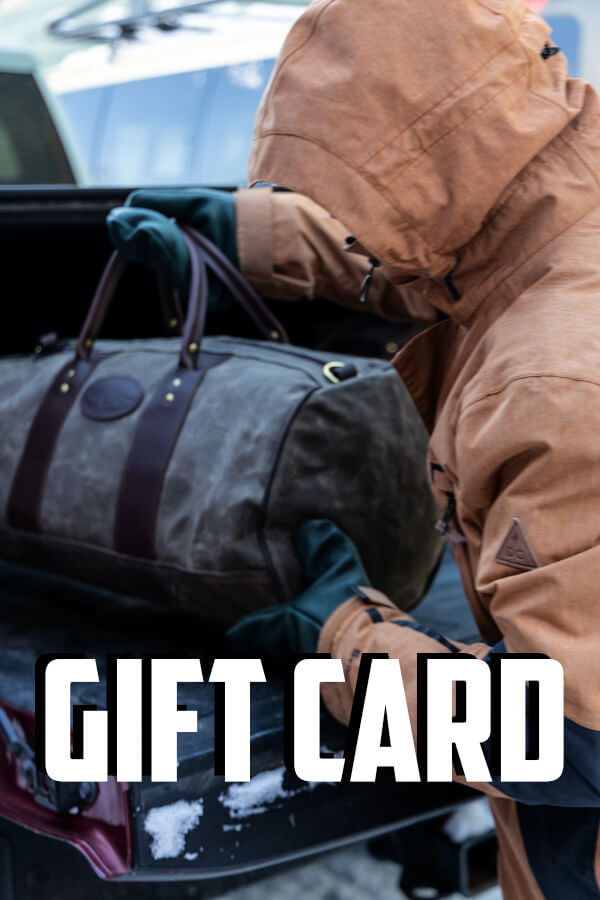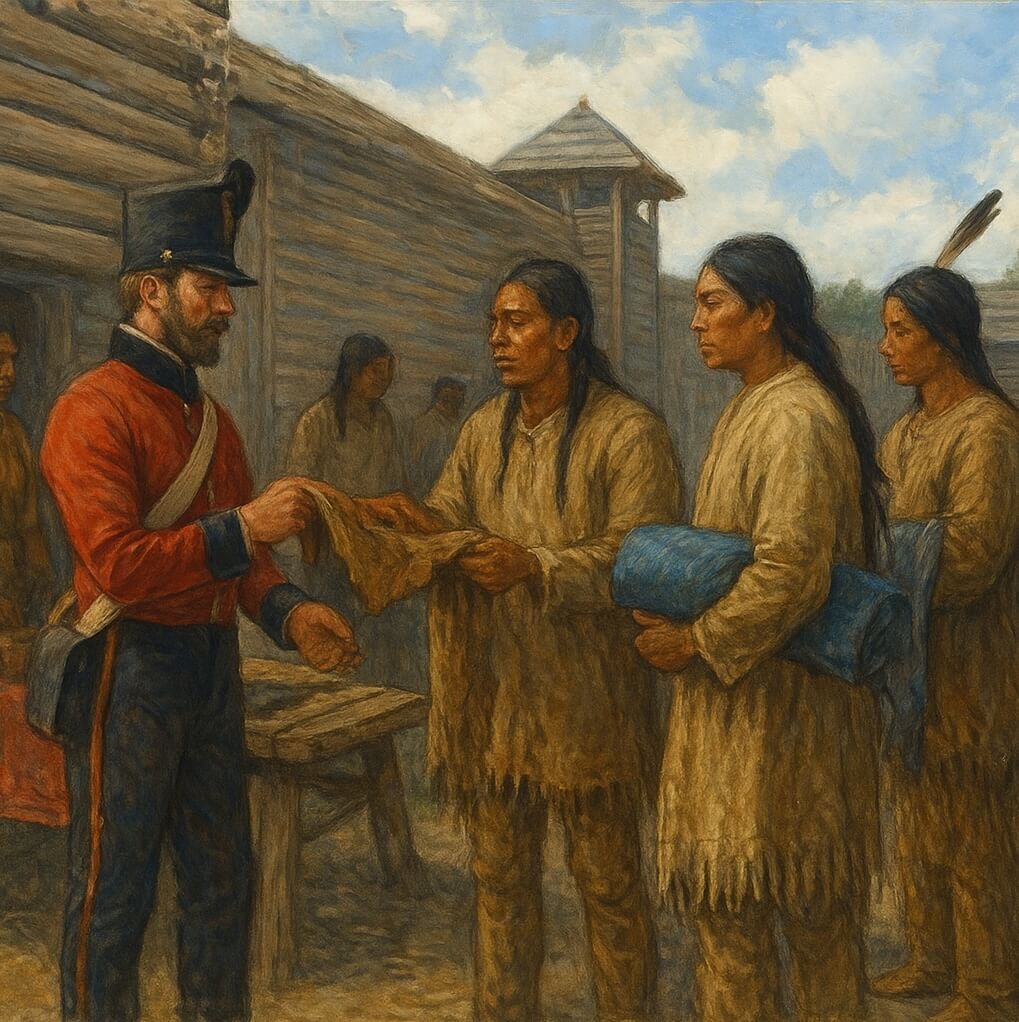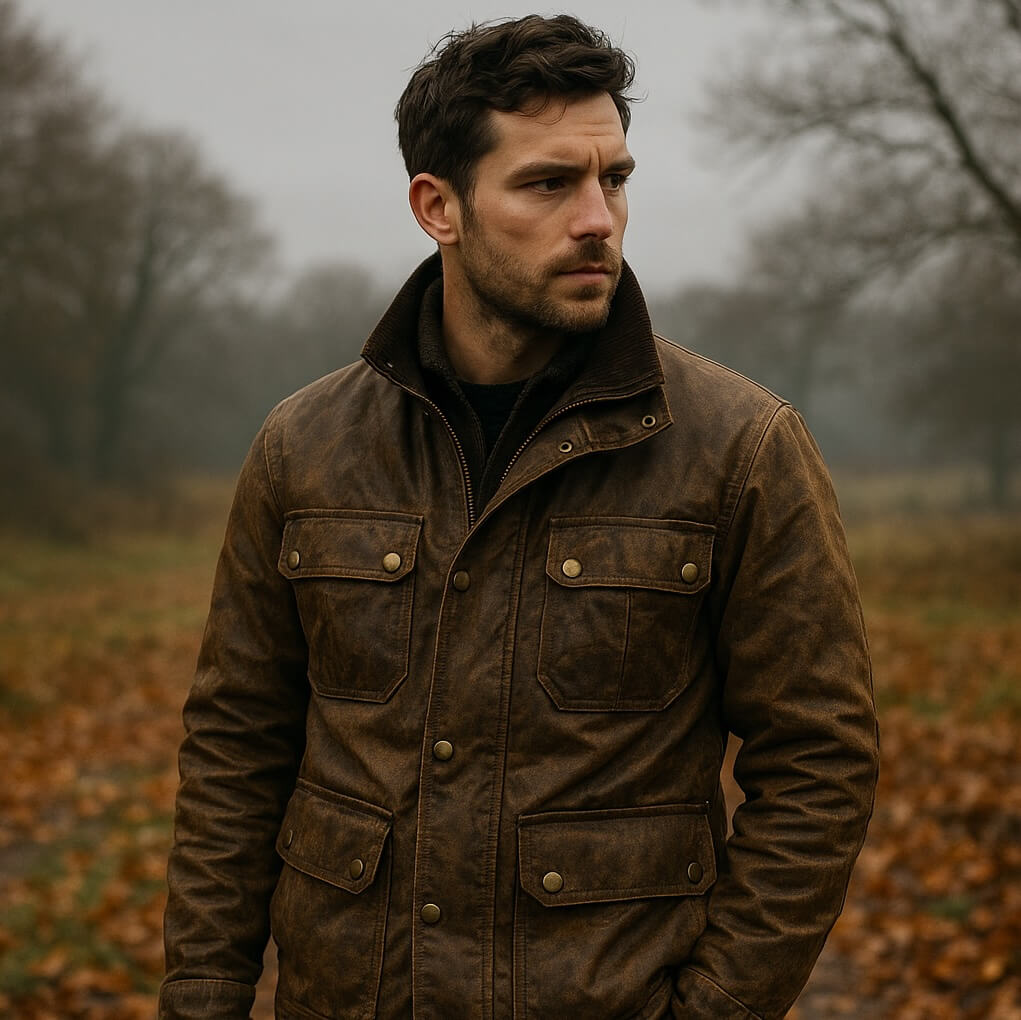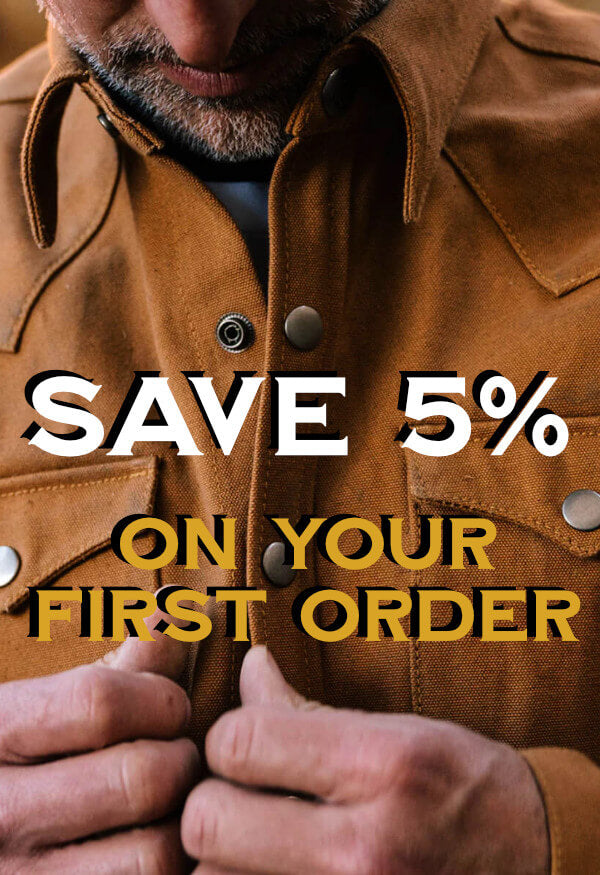When venturing into the wild, having the right blade can mean the difference between self-reliance and struggle. Whether you're carving feather sticks, batoning firewood, or building shelter, your knife becomes an extension of your hand—and possibly your lifeline. But not all outdoor knives are created equal. Bushcraft knives and survival knives are often confused, yet they serve distinct purposes and come with design features that reflect different philosophies of outdoor living.
Before we dive deeper, I should point our that many people use survival knives for bushcraft and vice-versa. It is of course, personal preference, however there are some broadly accepted distinctions. Let's take a look.
In this in-depth guide, we’ll break down the key differences between bushcraft and survival knives, explore regional preferences (especially between American and Scandinavian designs), and take a closer look at legendary figures like Lars Fält and Mors Kochanski—two masters of outdoor living with strong opinions on what makes the best outdoor knife. We'll also spotlight two top-tier knife brands: Casström and Fällkniven, known for producing high-quality outdoor blades trusted by professionals and enthusiasts alike.
What Is a Bushcraft Knife?
A bushcraft knife is purpose-built for woodcraft, often favouring fine control and precision over brute strength. These knives are designed for tasks like carving, whittling, fire-making, food prep, and crafting tools or traps from natural materials.
Key Characteristics of Bushcraft Knives:
-
Blade length: Typically 3.5"–5"
-
Blade thickness: Medium thickness for balance between slicing and strength
-
Steel: High-carbon or stainless, often easy to sharpen in the field
-
Grind: Commonly Scandinavian (Scandi) grind for superior control
-
Tang: Usually full tang or stick tang for durability
-
Handle: Ergonomic for long-term use
Best Bushcraft Knives often emphasise control, with a robust yet nimble blade suited to carving and wood shaping rather than brute survival tasks like prying or chopping.
What Is a Survival Knife?
A survival knife is designed to be an all-in-one emergency tool for extreme conditions, such as military survival situations, backcountry emergencies, or prepping scenarios. These knives prioritise versatility and strength over fine carving ability.
Key Characteristics of Survival Knives:
-
Blade length: Typically 5"–7+"
-
Blade thickness: Thicker for strength and heavy-duty use
-
Steel: Tough stainless or tool steels, with emphasis on edge retention
-
Grind: Often flat or convex for durability
-
Tang: Full tang preferred for maximum strength
-
Extra features: May include serrations, sawback spines, or multi-tool elements
Best Survival Knives are built like tanks. While they might not excel at feather sticks, they can pry open doors, chop branches, or hammer tent stakes with ease.
Bushcraft vs Survival Knife: Core Differences
| Feature | Bushcraft Knife | Survival Knife |
|---|---|---|
| Primary Purpose | Woodcraft and bush skills | Emergency preparedness and self-rescue |
| Blade Length | Shorter (3.5"–5") | Longer (5"–7+") |
| Blade Grind | Scandi grind for control | Flat or convex for strength |
| Tang Style | Full or stick tang | Always full tang preferred |
| Design Emphasis | Precision tasks (carving, firecraft) | Heavy-duty tasks (chopping, prying, cutting) |
| Ideal For | Forest craft, camping, long-term living | Emergencies, survival scenarios, military use |
Regional Differences: Scandinavian vs American Knife Traditions
The debate over the best outdoor knife often breaks along regional lines. The Scandinavian approach to outdoor knives leans heavily toward bushcraft and woodworking, while American survival knife design emphasises all-around durability and tactical use.
Scandinavian Knife Preferences (e.g., Sweden, Finland, Norway):
-
Scandi grind for easy sharpening in the field
-
Stick tangs are often accepted due to superior heat treatment and steel quality
-
Focus on bushcraft and traditional woodcraft
-
Minimalist design, typically no serrations or gimmicks
-
Examples: Mora knives, Casström Lars Fält Knife, Fällkniven F1
American Knife Preferences:
-
Emphasis on versatility and brute strength
-
Popular survival knife features: serrated edges, sawbacks, large blades
-
Common steels: 1095 high carbon, D2, S35VN, and similar
-
Examples: ESEE 6, KA-BAR Becker BK2, Gerber LMF II
Each approach has its merits, but your choice should align with your intended use. If you're carving traps and cooking over fire, go Scandinavian. If you're breaking out of a downed aircraft or preparing for SHTF, think American.
Lars Fält: Scandinavian Legend of Bushcraft
Swedish survival expert Lars Fält is a towering figure in the world of bushcraft and survival. A former military instructor with decades of field experience, Fält believes in simplicity, quality, and real-world performance over tactical flash.
His signature knife, the Casström Lars Fält Bushcraft Knife, reflects these values. It features:
-
4.5" blade of Sleipner tool steel
-
Scandi grind for easy sharpening and excellent control
-
Full tang construction
-
Ergonomic, simple handle ideal for prolonged use
Fält advocates for tools that blend tradition with practical survival use—a philosophy rooted deeply in Nordic wilderness living.
Mors Kochanski: Canadian Bushcraft Pioneer
On the other side of the Atlantic, Mors Kochanski—a Canadian wilderness instructor and author of Bushcraft—was a vocal proponent of knives as the core survival tool. Kochanski famously said, “A bushcraft knife should be able to fell a tree if needed.”
He preferred simple, straight-edged knives with Scandi grinds and tough carbon steels. While he admired Mora-style knives for their affordability and performance, he also emphasised carrying multiple knives, ensuring redundancy and resilience.
Kochanski’s influence echoes in North American bushcraft circles, where utility and simplicity outweigh aggressive survival features.
Spotlight on Casström and Fällkniven
Two Swedish knife brands have gained global recognition among bushcraft and survival experts: Casström and Fällkniven.
Casström Knives: Tradition Meets Modern Craftsmanship
Casström focuses on high-quality bushcraft and outdoor knives that balance modern steel with traditional Swedish design.
Popular Models:
-
Lars Fält Knife – Sleipner steel, Scandi grind, field-proven reliability
-
Casström No.10 – Available in carbon or stainless steel, excellent for general bushcraft
-
Woodsman Knife – Slim, elegant bush knife with excellent slicing capabilities
Casström knives are handmade in Sweden and the EU, with materials like curly birch, micarta, and reindeer leather sheaths.
You can see all of our Casstrom knives here
Fällkniven Knives: Tactical Meets Survival
Fällkniven knives blend military toughness with refined Scandinavian aesthetics. Used by the Swedish military, these knives are built for survival under harsh conditions.
Flagship Models:
-
Fällkniven F1 – The official survival knife of the Swedish Air Force
-
Fällkniven S1 – Larger blade, great for bushcraft and chopping
-
Fällkniven A1 – Heavy-duty survival knife with laminated VG10 steel
Fällkniven’s laminated steel construction offers extraordinary toughness and edge retention, making them a favorite among pilots, soldiers, and serious survivalists.
You can see all of our Fallkniven knives here
What’s the Best Knife for You?
Choosing between a bushcraft knife and a survival knife depends on your intended use and personal philosophy.
-
Choose a bushcraft knife if your focus is traditional skills like carving, firecraft, and long-term wilderness living.
-
Choose a survival knife if you need an all-purpose tool for rescue, emergencies, and unpredictable scenarios.
Or—do what many seasoned outdoors people do: carry both.
Final Thoughts: Invest in a Knife That Matches Your Mission
Whether you’re following in the footsteps of Lars Fält through the boreal forest, or channeling Mors Kochanski in the Canadian wilderness, your knife is one of your most important tools. Brands like Casström and Fällkniven are raising the bar with knives that respect tradition while embracing modern materials.
In the end, the best bushcraft or survival knife is the one that becomes an extension of your hand—reliable, sharp, and ready for anything.
You can see all of our fixed blade bushcraft and survival knives here






